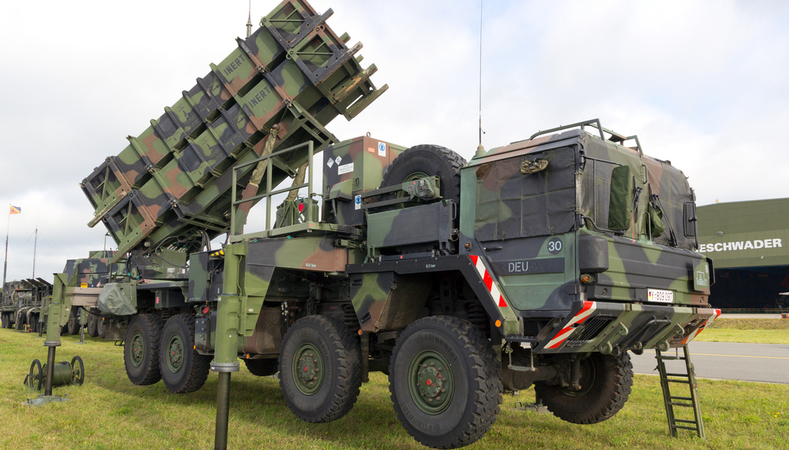What does the withdrawal of US missiles from the Middle East represent?

The United States has begun a gradual withdrawal of Patriot batteries from the Middle East. The first to reveal the new US plan was the Wall Street Journal, according to which the Pentagon had already started work to demobilize eight anti-missile batteries from Saudi Arabia, Jordan, Iraq, and Kuwait as well as a Thad system also from Saudi territory. Hypothesis confirmed to France Press by commander Jessica McNulty, spokesperson for the Pentagon.
Of course, this does not mean that the United States is initiating a major withdrawal from the Middle East. Thousands of men remain in the region, naval and air bases, training centers, special forces command, and various contingents located on different fronts. However, the signal sent not so much to the countries involved in the withdrawal as to Iran is to show a sort of easing of tensions. Try to make it clear that you are willing to dialogue, albeit from a strong point, and reach that agreement on nuclear power which, for Joe Biden, is still the first point of the democratic foreign agenda.
A sign of détente that could also be met with little favor by US Middle Eastern allies, worried that Washington could easily reduce its protective umbrella based on the needs of its administration. For this reason, a US official reiterated to the Wall Street Journal that “we still have our bases in the countries of our Gulf partners, they are not closing, there is still a substantial presence and a substantial position in the region”.
But it is a point on which the US agenda seems fairly straightforward: moving from maximum pressure to signs of agreement is an attitude that characterizes the recent American strategy. And this is confirmed by the fact that if the Trump presidency wanted to use the instrument of the military siege and agreements with the various regional partners aimed at isolating Iran, Biden immediately preferred another tactic, also exploiting the effects of sanctions and isolation created by its predecessor.
This decision, combined with the desire to strengthen partners avoiding direct involvement of its troops, has made possible this new scenario in which the US feels authorized to move its forces in the Middle East that is becoming more and more autonomous concerning missile defense and conflicts still ongoing. Also, because the conflict plan has now clearly moved into the cyber domain or through very rapid and surgical operations, making it much easier to hit the enemy without necessarily having to be physically present in the area.
The withdrawal of anti-missile batteries also implies another direction of the White House, namely to shift the focus of its foreign policy towards China. Once a dialogue platform with Russia has been built that avoids confrontation – the summit with Vladimir Putin seems to have given Biden sufficient guarantees at least on the missile level and the direct channel with Moscow – Washington’s military objective shifts directly to Beijing and on that Indo-Pacific which today is the true fulcrum of American strategy. The United States cannot afford to have boots on the ground on all war fronts but tries to manage crises with emergency response forces while shifting the bulk of attention to the Pacific.
The confirmation in this sense came with the withdrawal from Afghanistan: removed from the territory thousands of troops, the United States will leave the Turkish allies and other countries to control the key centers of Kabul and its surroundings while waiting to understand which base in Central Asia to use, they will hit enemy groups starting from the aircraft carriers deployed in the Persian Gulf. A less invasive strategy which, however, coincides with the idea of not being trapped in areas that Washington now considers only harbingers of “endless wars”.




